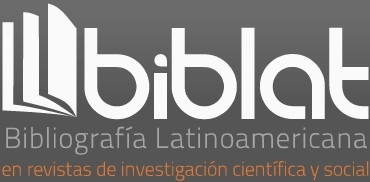The Huichol Trickster:a Semiotic and Anthropological Approach.
DOI:
https://doi.org/10.35494/topsem.2003.2.10.359Abstract
The Trickster appears as a mythical figure in a large number of cultures. This article offers a review of some of the most outstanding works in anthropology concerning this ambivalent and ambiguous being emphasizing a semiotic understanding in our arguments. It is essential here to consider Paul Radin' s assertion that the trickster is an enchoate being of undefined proportions that holds inside the promise of differentiation by using ethnographic data ofthe author in field studies concerning Huichol culture for the sake of illustration. In this culture, Takutsi Nakawe ("Our Grandmother" Growth) and Tamatsi ("Our Older Brother" Kauyumarie) arrear respectively as the old trickster and the young trickster, marking the different thresholds in the creation of the world according to Huichol understanding.
The article concludes with a semiotic approach that reconsiders the proposals of C. W. Spinks taking three directions. The first considers the sign in itself as a dagger o trickster of the mind. The second brings into question the emergence of marginal or cloudy signs, and the third tests an elucidation on the figure of the trickster in terms ofthe semiotics of Charles S. Peirce, while emphasizing the Primerity category.
Downloads
Downloads
Published
How to Cite
Issue
Section
License

Tópicos del Seminario is licensed under a Creative Commons Reconocimiento-NoComercial-CompartirIgual 4.0 Internacional License.














